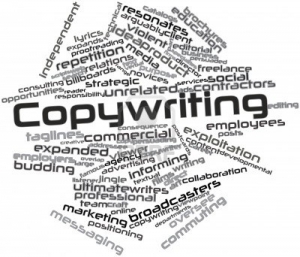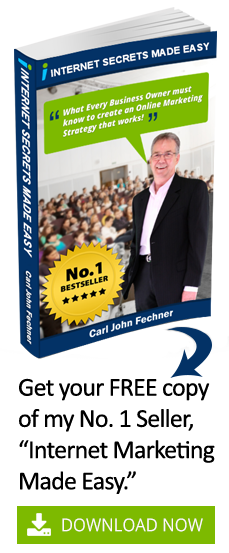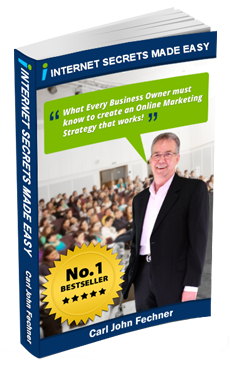 They’re some of the most often-asked questions about copywriting.
They’re some of the most often-asked questions about copywriting.
Long or short copy, which works best? What about headlines?
The correct answer usually drives people crazy, which is…
Whatever works.
Before you start throwing things at me, I’ll elaborate.
Headlines: 8 Words or Less, Except …
The traditional wisdom about headlines is that they should be short. There are plenty of exceptions to this rule (including a big one we’ll discuss below). However, reviewing The 100 Greatest Advertisements by Julian Lewis Watkins shows that 95% of the most effective headlines from the early years of magazine copywriting were less than eight words.
But magazine copywriters had to worry about brevity due to space concerns. Studies done from the direct mail industry show that about 50% to 60% of the most effective headlines are eight words or less, leaving ample indication that longer headlines work, too.
Now, here’s an exception that applies online. Perhaps you’ve seen web sales letters or landing pages that have a headline that looks like a short paragraph. These long headlines can’t possibly be working, right?
Well, according to the eye-tracking study released by user-interface expert Jakob Nielsen, webpage visitors read in a “F” pattern, scrolling intently across the top of the page where the headline should be, then making their way back again across the first subhead, then down the left hand side of the page to see if anything else is of interest.
This study verifies the 80/20 rules of headlines. But it also demonstrates that you might want to include more information in your headline than 8 words can usually get across, in an effort to get the rest of the page read.
All in all though, short headlines are easier to scan, and cannot be missed. My general rule of thumb is to write the shortest headline possible that also convincingly conveys a unique benefit to the reader so they’ll read the body.
It’s not always easy, but it’s extremely important.
Long Copy vs. Short Copy
Does anyone read those long sales letters that go on and on?
Yes they do, and for many products, long copy outsells short copy by a large margin. The basic rule of copy length is the same as headlines – as long as necessary, but no longer.
The key is writing copy that is interesting and informative to someone who actually cares. But beyond that, there are some guidelines that can help, so let’s see what the experts say.
Bob Bly says that the length of your copy will depend on three things:
- The Product: the more features and benefits a product has, the longer the copy.
- The Audience: Certain people want as much information as they can get before making a purchase. This is especially true of people on the Internet, and especially true with information products.
- The Purpose: What’s the goal? Generating a lead for a service business requires less detail, but an ad that aims to make a sale must overcome every objection the potential buyer may have.
Joe Sugarman says two factors increase the need for more copy:
- Price point: The higher the price, the more copy required to justify or create the need.
- Unusual Item: The more unusual the product, the more you need to relate that product to the user by clearly demonstrating the benefits.
Michel Fortin sets forth four categories of products, with each successive category requiring longer copy:
- Convenience products: Fills an immediate need, low price, low thought, short copy.
- Shopping products: A little higher priced, more thought and opportunity to “shop around,” a little longer copy.
- Specialty products: With exotic goods, luxury cars, expensive jewelry, art, etcetera, longer copy is definitely needed.
- Unsought products: When people have never realized that their lives were incomplete without your product, get ready to write some lengthy copy.
Read Michael’s blog post here for an elaboration of his ideas about the long copy vs. short copy debate. Great stuff.
Whatever Works
So, we come full circle. The guidelines set forth by these copywriting pros can help, but the answer remains the same:
The length of your headline and your copy will depend on whatever works for whatever you are selling.
And the only way to know what works is to test different approaches. Test various headlines to see which works best at capturing attention and communicating a benefit. Test the amount of information you provide. Does more or less work better at producing the desired action?
Ultimately, that’s the only answer that matters to you.
ARTICLE SOURCE: This content is syndicated news that can be used for your research, and we hope that it can help your productivity. This content is for educational purposes and is not made for any kind of commercial purposes of this blog.




